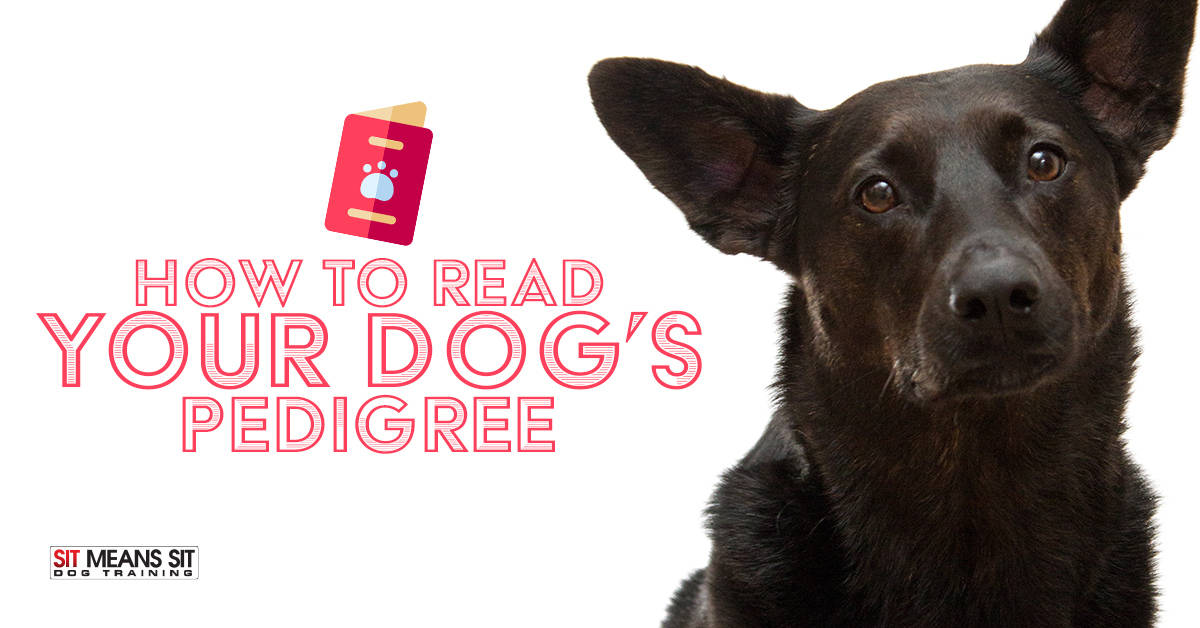If you are interested in adding a purebred puppy to your family, the breeder should always provide his pedigree before you make a commitment. Simply put, a dog’s pedigree is basically his family tree. Normally, a breeder will provide a pedigree showing parents, grandparents and great-grandparents. Knowing your dog’s history and who his relatives are can be a big factor for the future of your furry companion. Reading a dog’s pedigree can be a little tricky, so we have created a few steps to help you fully understand your dog’s ancestry.
Tips For Reading A Dog’s Pedigree
Step 1:
First, your dog’s name and information including breed, registration number and a physical description should be in the first area of the paperwork. Pedigrees are usually formatted like an extended family tree, with your dog in the beginning.
Step 2:
The upper portion of the pedigree always includes the sire’s (father of your dog) information. The sire’s information will include registration number, dog’s name and most often a short narrative on the dog. The sire will be connected to your dog off the top of the tree.
Step 3:
Look over the other dogs in the sire’s history. The sire’s parents will be in the upper portion, each branching off of the next dog down the line. You may notice the same dog come up in the pedigree more than once. This is a practice known as linebreeding, which is used by breeders to strengthen their lines.
Step 4:
The bottom half of the pedigree is the dam’s (mother of your dog) information. Special notes about any breeding or birthing issues might also be included.
Step 5:
Take a look at the dam’s father, mother and grandparents who follow her on the bottom half of the tree. To clarify, all purebred dog pedigrees will include dogs of the same breed.
Step 6:
The last step in understanding your dog’s pedigree is checking for titles. A title is an award that a dog has won from an achievement or merit. You may see something like, “Ch.” which means Champion dog. The title, “UD” is Utility Dog obedience. Titles on a pedigree offer an easy glance into the achievements of your dog’ ancestors. Therefore, these titles can help predict your dog’s possibility for future success!

